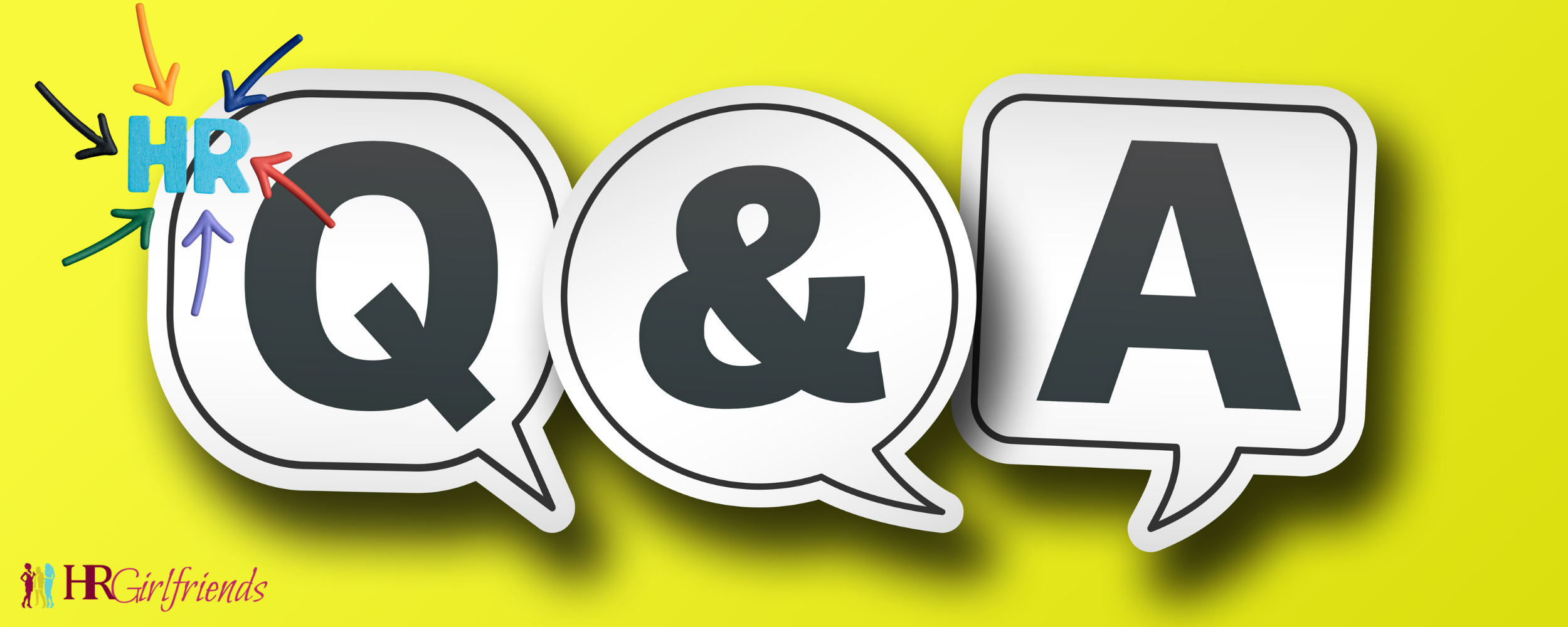The Americans with Disabilities Act (ADA) requires employers to reasonably accommodate the disabilities of their employees and to engage in an interactive process when a request for accommodation is made. What is the interactive process?
The employer’s part in this process entails some specific steps. When you go through the interactive process with an employee, we recommend you do each of the following:
- Analyze the specific job position involved to determine its essential job functions. These are the tasks of the job that must be done by whoever holds the position. A chef must be able to cook. An editor must be able to proofread, correct, and revise the text. The essential job functions are used determine whether an accommodation can be made. If an employee cannot do one or more of the essential job functions, even with accommodation, then the employer is not required to make an accommodation.
- Request medical information and supporting documentation as needed and as appropriate. You don’t need to take the employee’s word that they have a disability or that an accommodation is needed. However, be careful not to request or require more than is reasonable. For instance, a note from a licensed physician that says an employee suffers from anxiety and may need additional break time to implement coping mechanisms should be sufficient. You should not request the details of his diagnosis, past mental health history, exactly what those coping mechanisms might be, etc.
- Talk with the employee about the challenges they have in the workplace and the way these challenges may affect their work performance. This conversation will help you determine what specific solutions might work for the employee.
- Explore with the employee a range of potential reasonable accommodations to help minimize or remove the identified challenges.
- Assess the effectiveness of each agreed-upon reasonable accommodation. The accommodations you set up today might not always work well for the employee or the company. It’s okay to reassess later whether an accommodation remains reasonable given changed circumstances. Keep in mind that not every accommodation suggested may be reasonable; employers do not have to provide accommodations that would create an undue hardship for them. However, “undue hardship” is a high bar to meet and should not be relied upon in most circumstances.
- Communicate regularly with the employee throughout the process and once accommodations are in place. Regular communication demonstrates good faith on your part and shows the employee you take their challenges and concerns seriously. Document these conversations.
As you can see, the interactive process is simply an ongoing conversation with an employee who has requested a reasonable accommodation under the ADA. Together, you and the employee look at what can be done to accommodate them so the essential functions of the job get done, and you keep the lines of communication open to ensure maximum productivity going forward.





